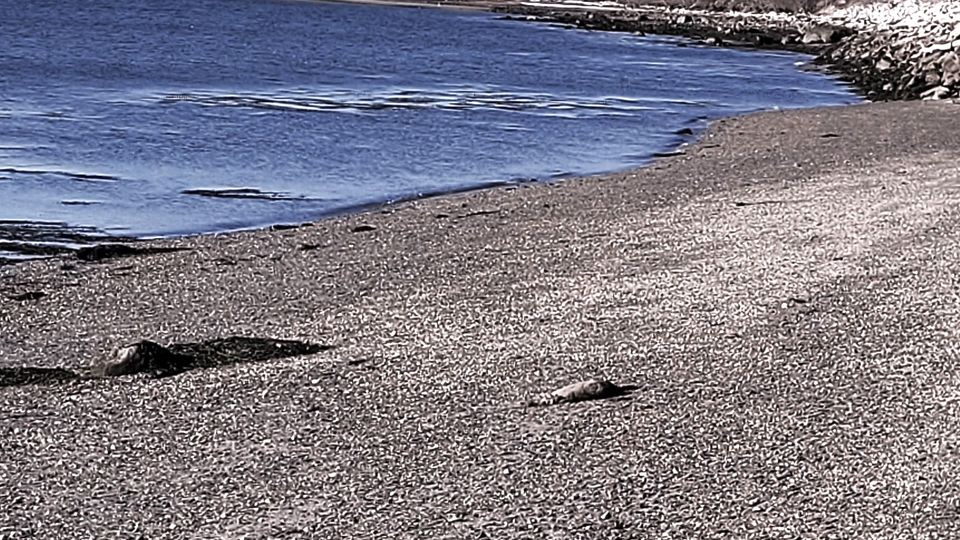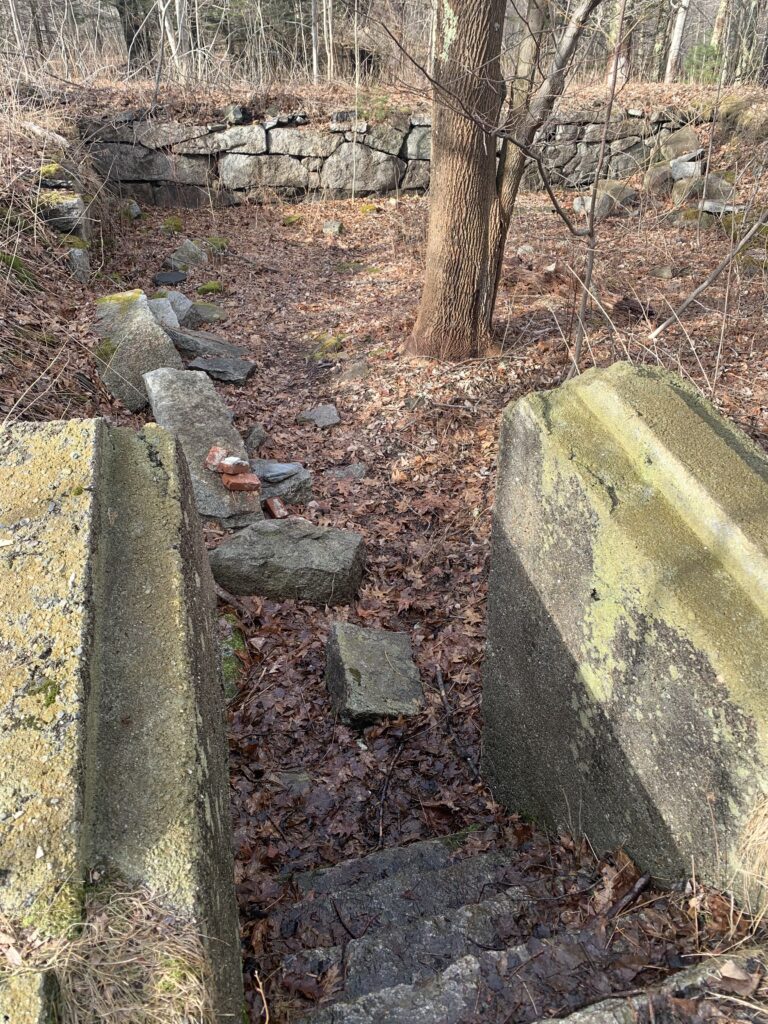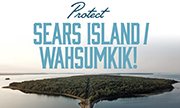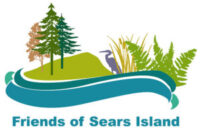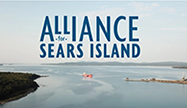Text and photos by Peter Wohl, Unity
Yesterday I went down to the coast to begin a process of mourning. I was mourning for the loss of a coastal Maine treasure, that until now has been the “largest uninhabited, undeveloped, cause-way accessible island on the eastern coast of the United States”. This is the place that we now call Sears Island, and the Wabanaki people who visited there for thousands of years called Wassumkeag, or shining beach. It has just been identified as the likely site for the transportation, fabrication, and assembly of offshore wind turbines.
Of course, while it is uninhabited, it isn’t really undeveloped. In addition to the paved causeway from the mainland, there is a paved road bisecting the island. A jetty juts out into Penobscot bay on the western side of the island, and there is a cell tower on the southern end. These are the relatively recent human alterations. The land also tells the story of past human activity. The forest that covers most of the island shows the signs of successive tree cutting and varied land use, including at one time being cleared for grazing animals.
Yet, in spite of this human usage, if you wander off onto the lesser traveled side trails, the island has a pervasive sense of wildness and mystery. Many large, venerable trees remain, casting their deep shadows over the forest floor. Walking these trails, you can still feel the presence of the Wabanaki families who came there to share the abundance they found in the waters of Penobscot Bay. On these trails you can also encounter the skeletons of the farmhouses of the European settlers. The stone foundations of their homes remain in silent testimony to the lives of those who settled on the island. If you walk these paths in reverent silence, the very present spirits of the island’s past will walk with you.
Sears Island has also held a special attraction for our officials in Augusta, who have sought to see it developed since the 1980s. Now, Governor Mills may succeed where governors Brennan, McKernan, King and Baldacci did not. Friends of Sears Island make a clear case for utilizing more appropriate alternatives, but a tragic decision may soon be made.
I am grief-stricken that once again, that a place of wildness, a place rich in both natural and human history, a Maine treasure, may be greatly diminished in the name of progress. Personally, I will no longer be able to walk the trails without feeling a pervasive sense of sadness. If we meet there, please walk with me, treading silently and reverently along the path, accompanied by the island spirits. Perhaps, inspired by our collective grief, we will arise from the threat of a terrible loss with renewed dedication to helping our remaining wild Maine heritage survive.
A project of volunteers who care deeply about Sears Island
